
Regardless of changing conditions, employers have a responsibility to make sure their workers are well-prepared for the risks their roles may pose.
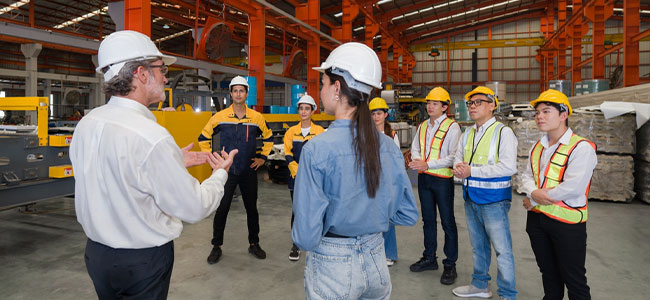
As demonstrated by successful organizations across the globe, a safe work culture benefits every area of a business.
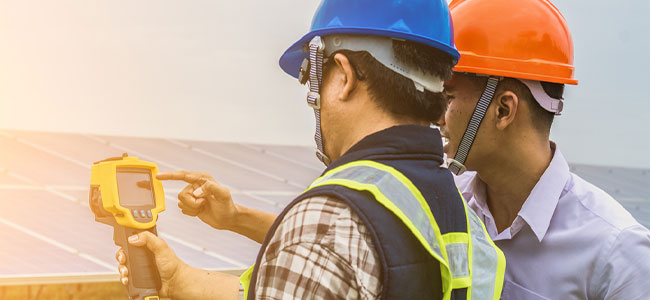
Using a computerized maintenance management system helps with costs and efficiency but also improves safety and reduces environmental impact.
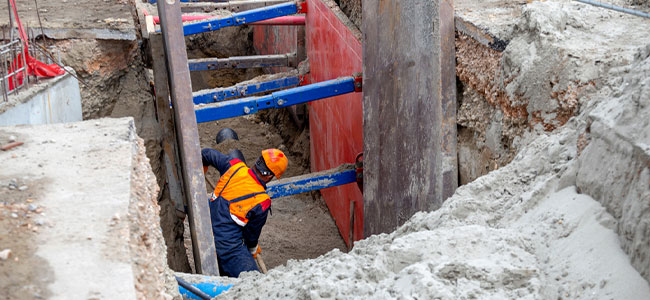
Wagner Construction Inc. repeatedly exposed workers to trenching hazards.
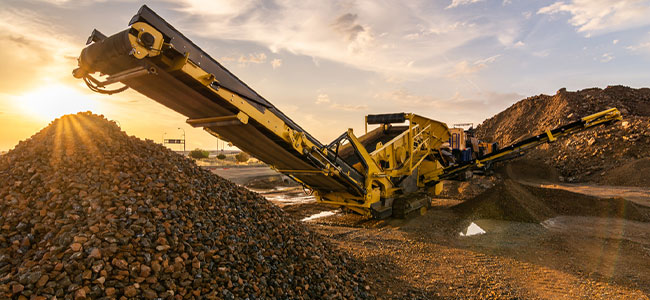
Four serious accidents tied to such equipment happened in a matter of weeks.
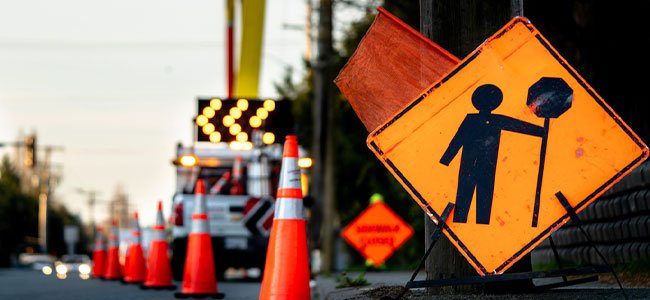
The funding will expand the Our Driving Concern program in three states.

The investigation was sparked by a tragic incident resulting in a worker’s death.
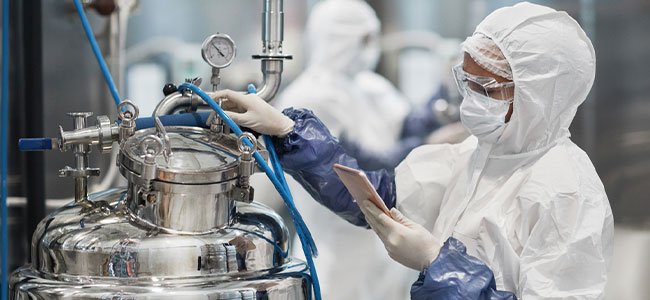
OSHA proposed $55,403 in penalties to the Cartersville, Georgia-based company.
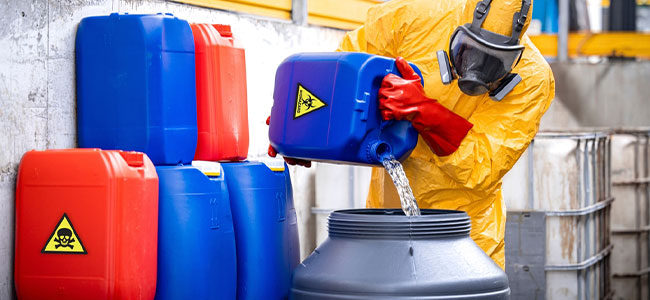
Transitioning from compliance to safety excellence is not just a legal obligation but a moral imperative for businesses handling hazardous chemicals.
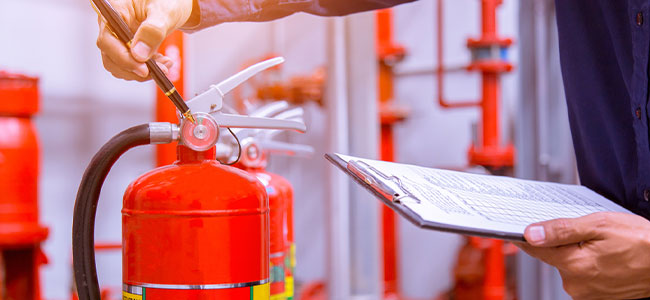
Business owners make a plethora of mistakes that put their company at increased risk of starting a fire in their workplace.